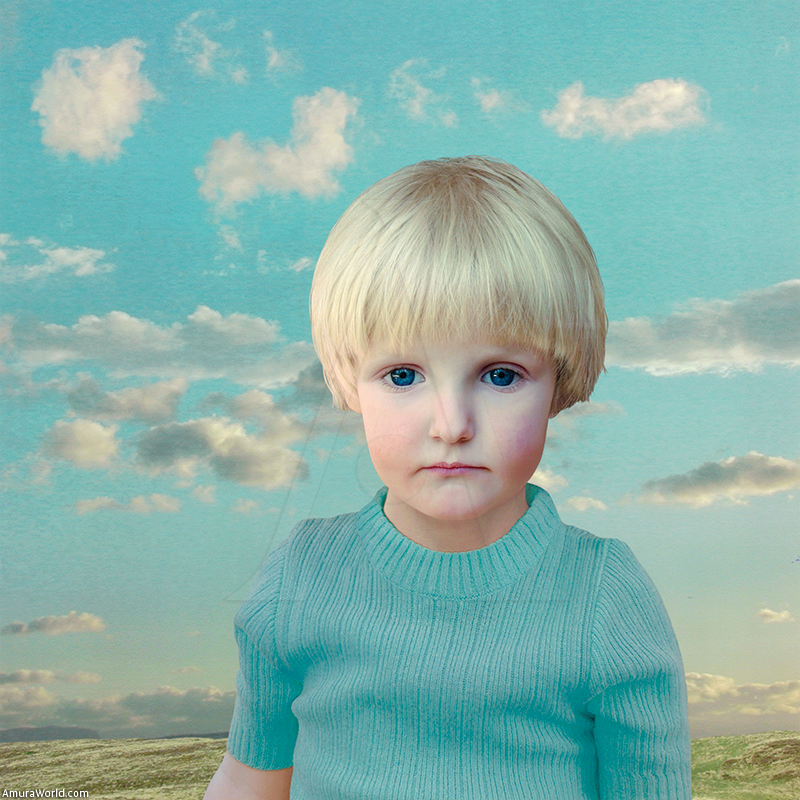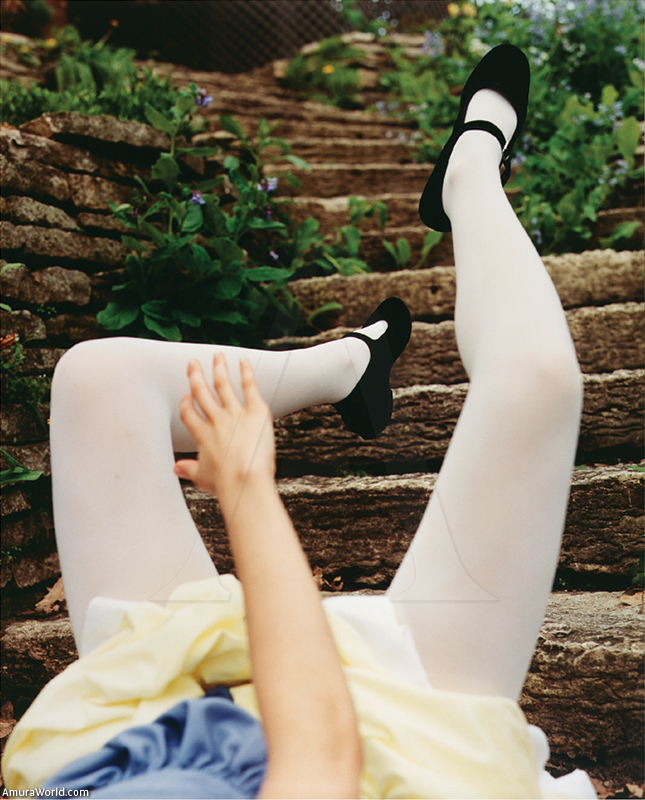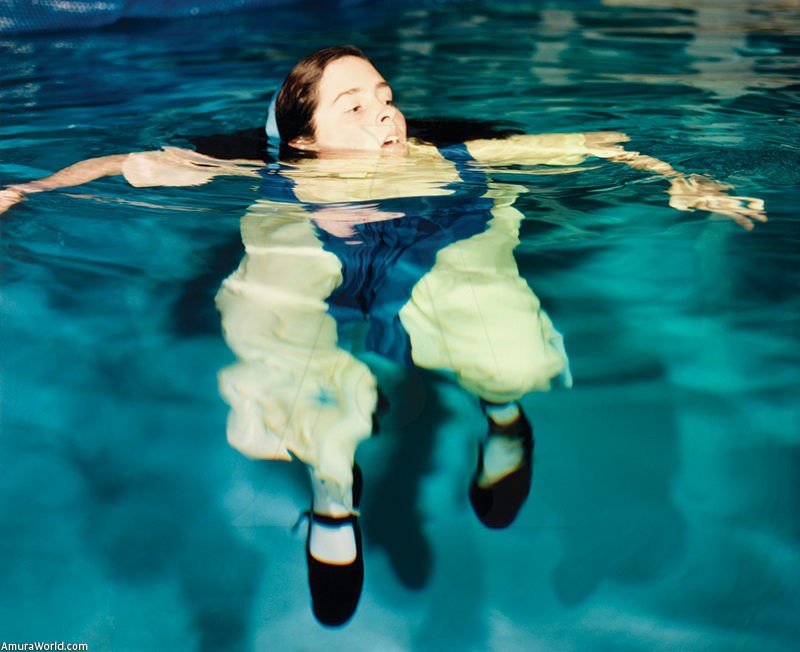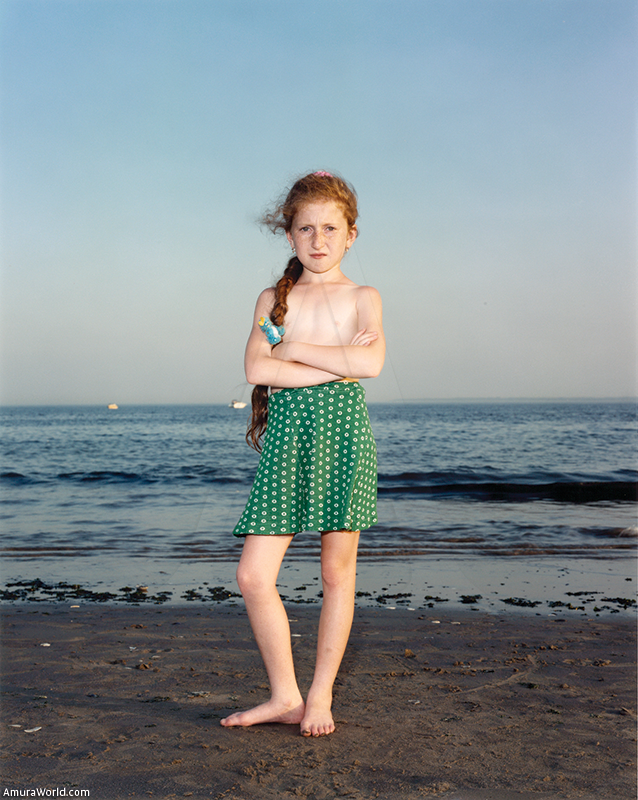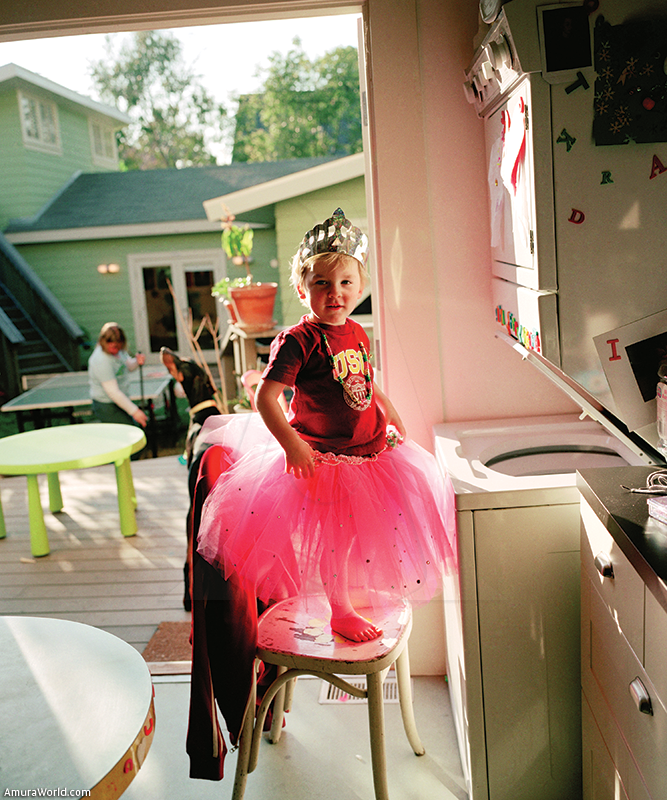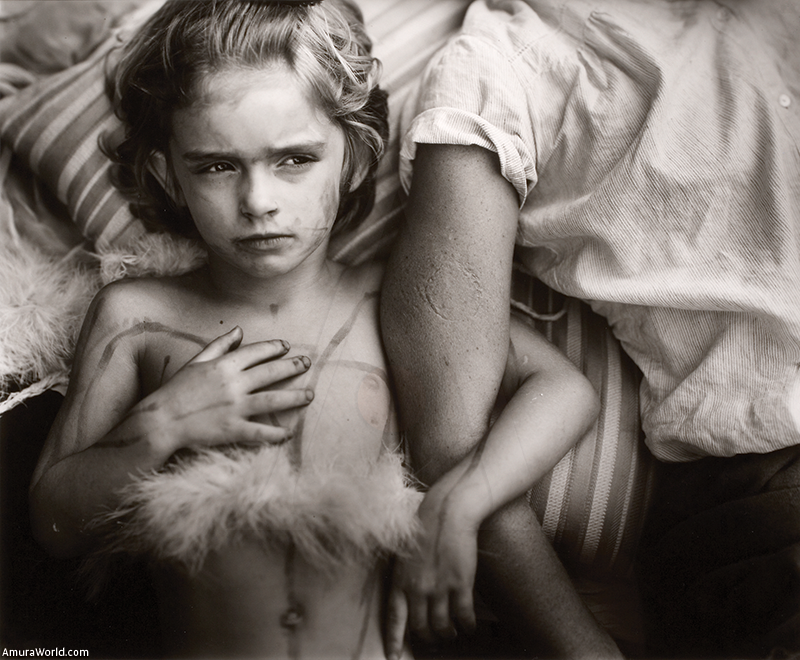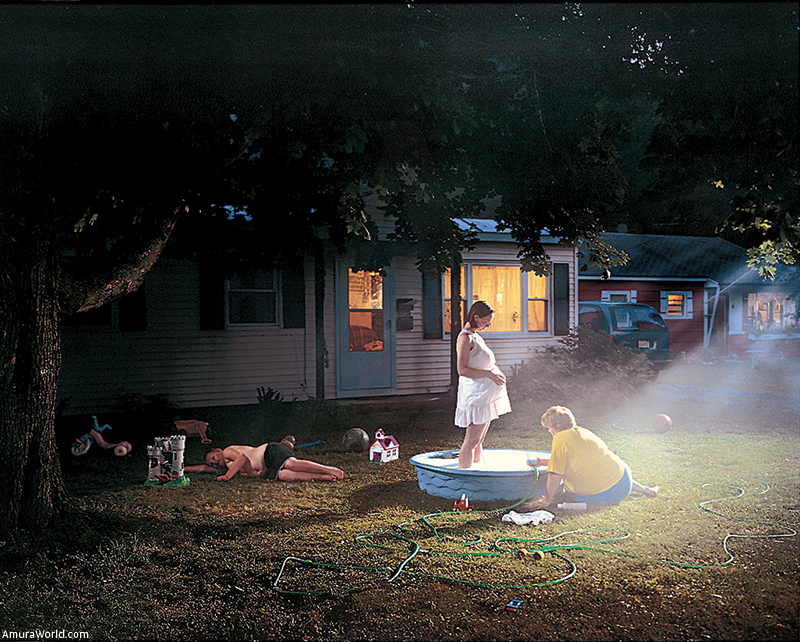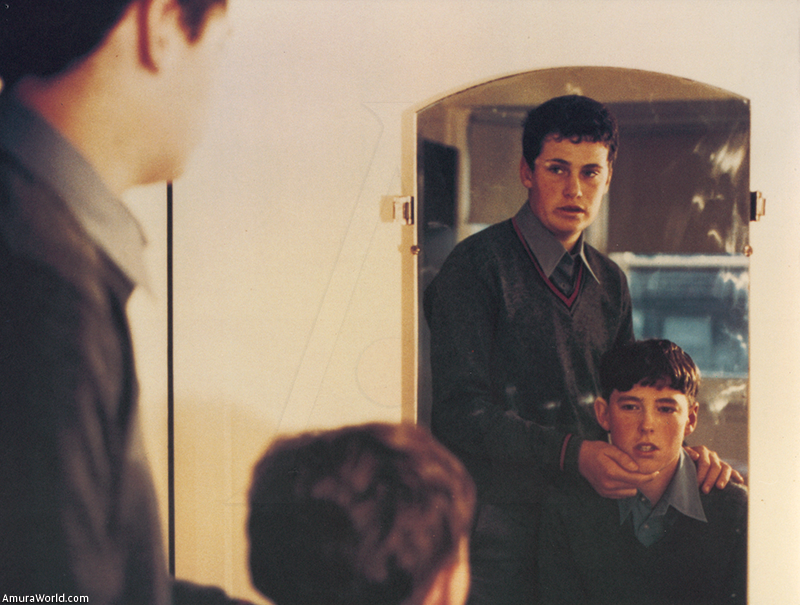Everything is mortal, this we know by looking at a photograph. One can look at the photographs again and again and see that life; that incessant flow of time, has passed. The construction of the individual and imaginary history of each family is there, indelible, both in the photo album and in the memory. Little by little, the past is revived with every page turned. The chronicle portraits of life itself, of our own lives and the lives of others are memento mori, witness to the brutal dissolution of time.
From February 9 through April 16, The Guggenheim Museum in New York is presenting the Family Pictures exhibition. The exhibition explores the representation of the family and childhood in contemporary video and photographs. It brings together more than 40 pieces by 16 artists, including Janine Antoni, Rineke Dijkstra, Anna Gaskell, Nan Goldin, Loretta Lux, Robert Mapplethorpe, Tracey Moffatt and Thomas Struth.
Since its invention and 19th Century, photography has occupied an important place in family life. Images are captured and kept to ensure family unity for posterity; recording not only important events, but also the vulnerability implicit in the growth and corporal mutability of each family member. Through the lenses of contemporary artists, this exhibition explores central family themes, such as the relationship between parents and their children, the definition of gender and the assignment of roles, the family dynamic and the emotional tone of childhood, adolescence and youth with their respective psychic scars.
Anna Gaskell’s work takes pre-adolescent play, literature and psychology as a reference. A series of photographs called Wonder shows isolated dramatic moments of Alice in Wonderland by Lewis Carroll, the series as a novel that does not follow a logical line in such a way that the events represented in its could occur simultaneously in an eternal present, neither before or afterwards, such as the logic of play in the childhood spirit.
Less fantastic, the work of Rineke Dijkstra, turns to the portrayal of pubescence, with less scenography than that used in taking a classic photo, by the sea. If in the work of Anna Gaskell we see that unusual spatial balance makes reference to exterior space, in the photographs of Dijkstra, we notice the contrary movement of the inside. The poses of the adolescents denounce the fragile psychic formation in the abysmal step towards youth and the painful moment in which the body, as a measure of the world begins to change, emphasizing the human condition in its transition stages.
Photographer Sally Mann also records with her lens the vertiginous history that growing up implies. Models Virginia, Jesse and Emmettare her three children in the photographs are taken during their summer stays in their hometown. Her photographic work publicizes an intimacy that generates universal resonance among spectators. These photographs are profound and very nostalgic records of the few, very few years of childhood and with it, the assurance that it belongs freely to the earth.
From the artists’ keen-sighted viewpoint, we can see that, although the photographs represent images of the past, they can also work in the present to restore past memories, and why not, to reinvent them. Past reality that is the portrait, that inalterable document that does not cease to generate diverse readings into what lies under the surface of their traditional representation.
Text: Anarela Vargas ± Photo: Xxxxx.

